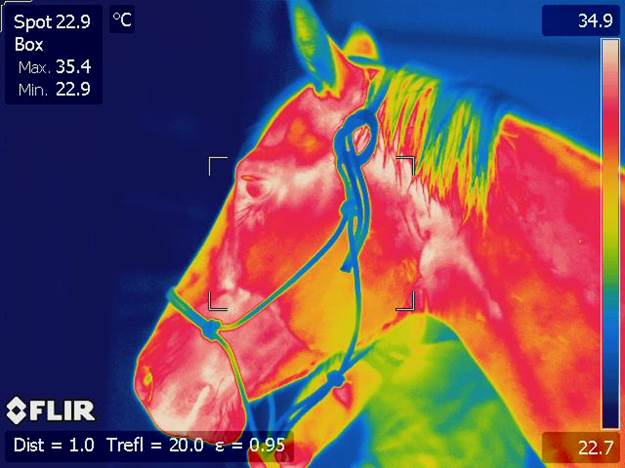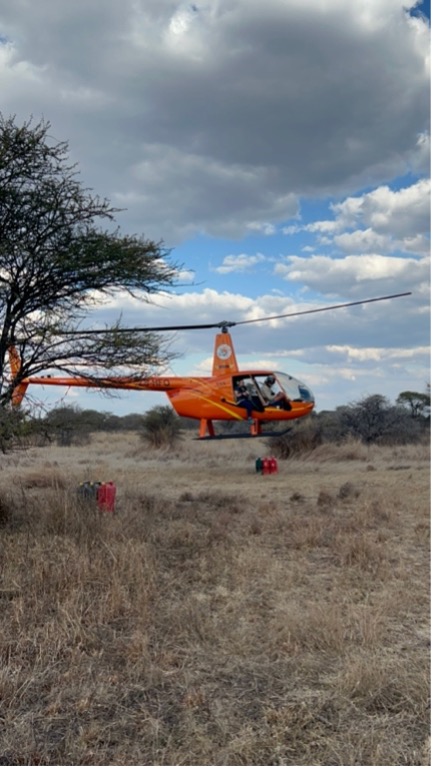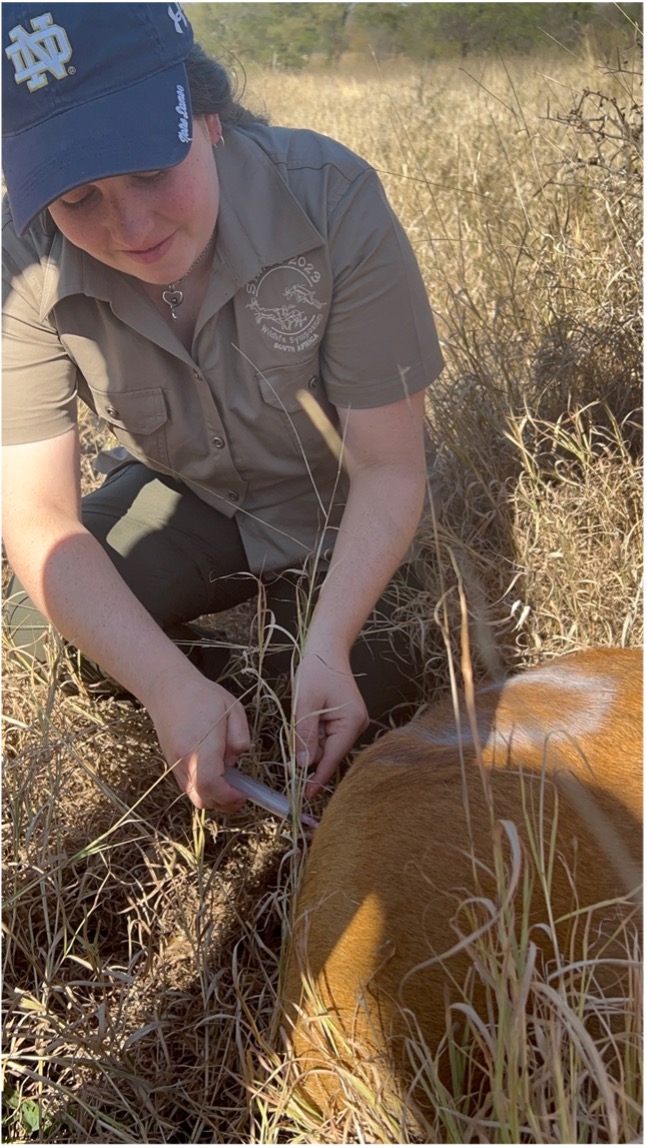Digital infrared thermal imaging assessments of body temperature in the equine eye, muzzle, and coronary band
 Monday, October 13, 2014 at 01:00PM
Monday, October 13, 2014 at 01:00PM Cameron Volpe, Mississippi State University
Abstract, Winner
Cameron Volpe, Susan Bowers, Lauren Hodges and Scott Willard, Mississippi State University Colleges of Veterinary Medicine and Agriculture and Life Sciences, Starkville, MS
Measuring vital signs such as body temperature in an efficient manner is crucial to monitoring the health of both humans and animals. Digital infrared thermal imaging (DITI) is a fast non-invasive method of measuring body surface temperature gradients by converting a heat signature of an object into a color picture. DITI is also efficient at detecting asymmetry in thermal gradients, as is seen in areas of inflammation. This study utilized a DITI camera manufactured by Flir to evaluate the temperatures of the equine eye, muzzle, and coronary band and investigated their correlation with internal body temperature. The coronary band was selected because of its importance to hoof health and the numerous diseases associated with the equine hoof. Mares and foals (n=45) were imaged in a covered barn at a distance of one meter to determine any correlation between DITI temperatures and rectal temperatures (RT) measured with a digital thermometer. DITI temperatures were compared to RT using Pearson correlation coefficients, regression analysis, and paired/unpaired comparisons where appropriate (StatView). RT was positively correlated with eye DITI (0.44 to 0.48; P< 0.001) and muzzle DITI (0.393 to 0.436; P<0.001) at a moderate level. Front and rear coronary DITI differed (P<0.02) by 0.27 to 0.29°C and were positively correlated with RT at a moderate level (0.289 to 0.367; P<0.0074). In conclusion, DITI measures were positively correlated, albeit at a moderate level, with RT. Additional research is needed to determine if this is sufficient as a non-invasive measure of body temperature in the equine species. In the future, DITI may become a useful diagnostic tool for measuring body temperature and detecting areas of inflammation and lameness in the equine species. Healthy mare, image taken at distance of 1 meter, focusing on the eye and muzzle.
Healthy mare, image taken at distance of 1 meter, focusing on the eye and muzzle.
The source of student financial support was the NIH Summer Research Experience for Veterinary Students, grant number 5T35OD010432
This study was funded by the USDA-ARS-funded Biophotonics Initiative for study support.
 Potential applications-Pictured here are a the forelimbs of a mare with an old hoof abscess on her right hoof. The picture indicates that the area of the abscess is cooler in temperature than the surrounding hoof wall, due to decreased perfusion of that area.
Potential applications-Pictured here are a the forelimbs of a mare with an old hoof abscess on her right hoof. The picture indicates that the area of the abscess is cooler in temperature than the surrounding hoof wall, due to decreased perfusion of that area. Potential applications-Pictured here are the hindlimbs of a mare with known lameness in her left hoof. The picture indicates that the left hoof is higher in temperature than the right hoof, indicating ongoing inflammation.
Potential applications-Pictured here are the hindlimbs of a mare with known lameness in her left hoof. The picture indicates that the left hoof is higher in temperature than the right hoof, indicating ongoing inflammation.
 Mississippi State in
Mississippi State in  Cases/Abstracts
Cases/Abstracts 